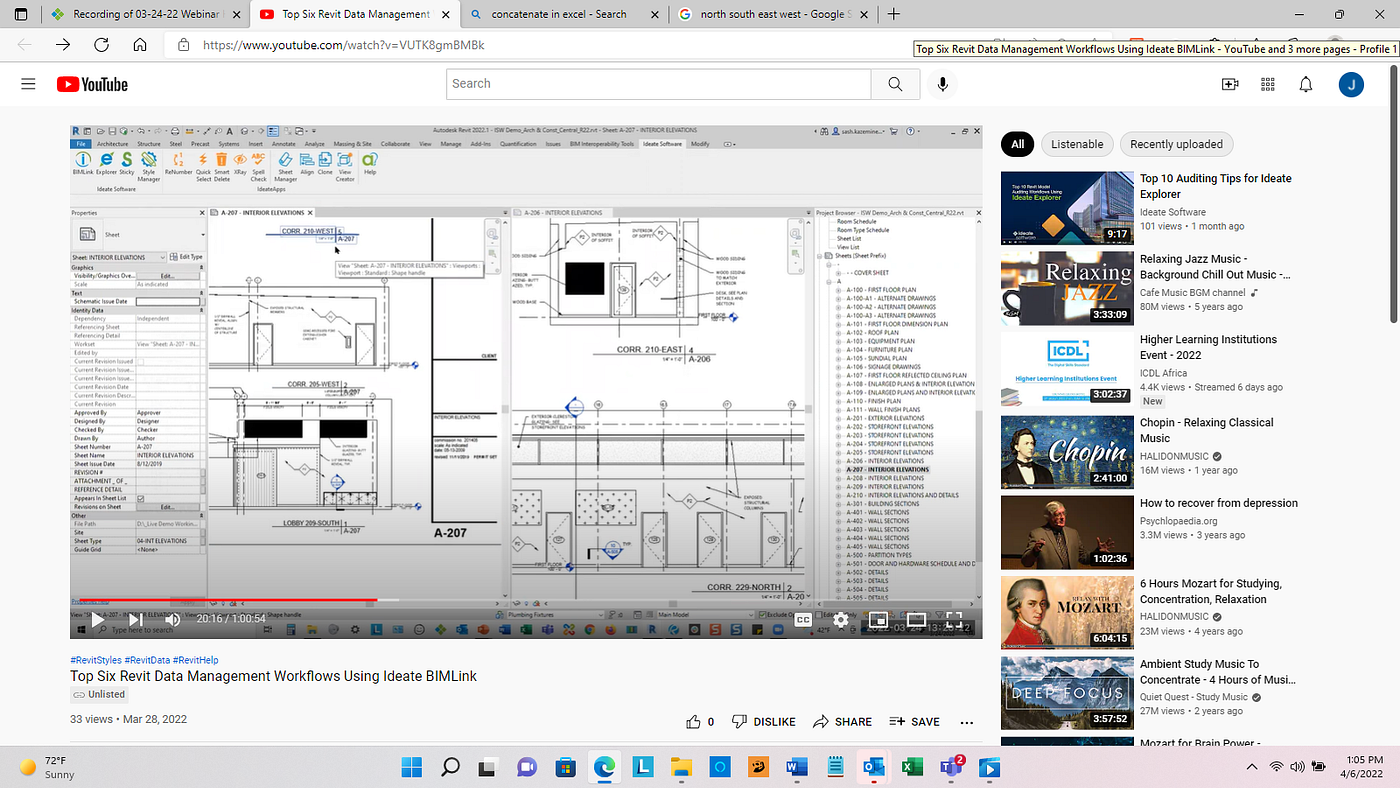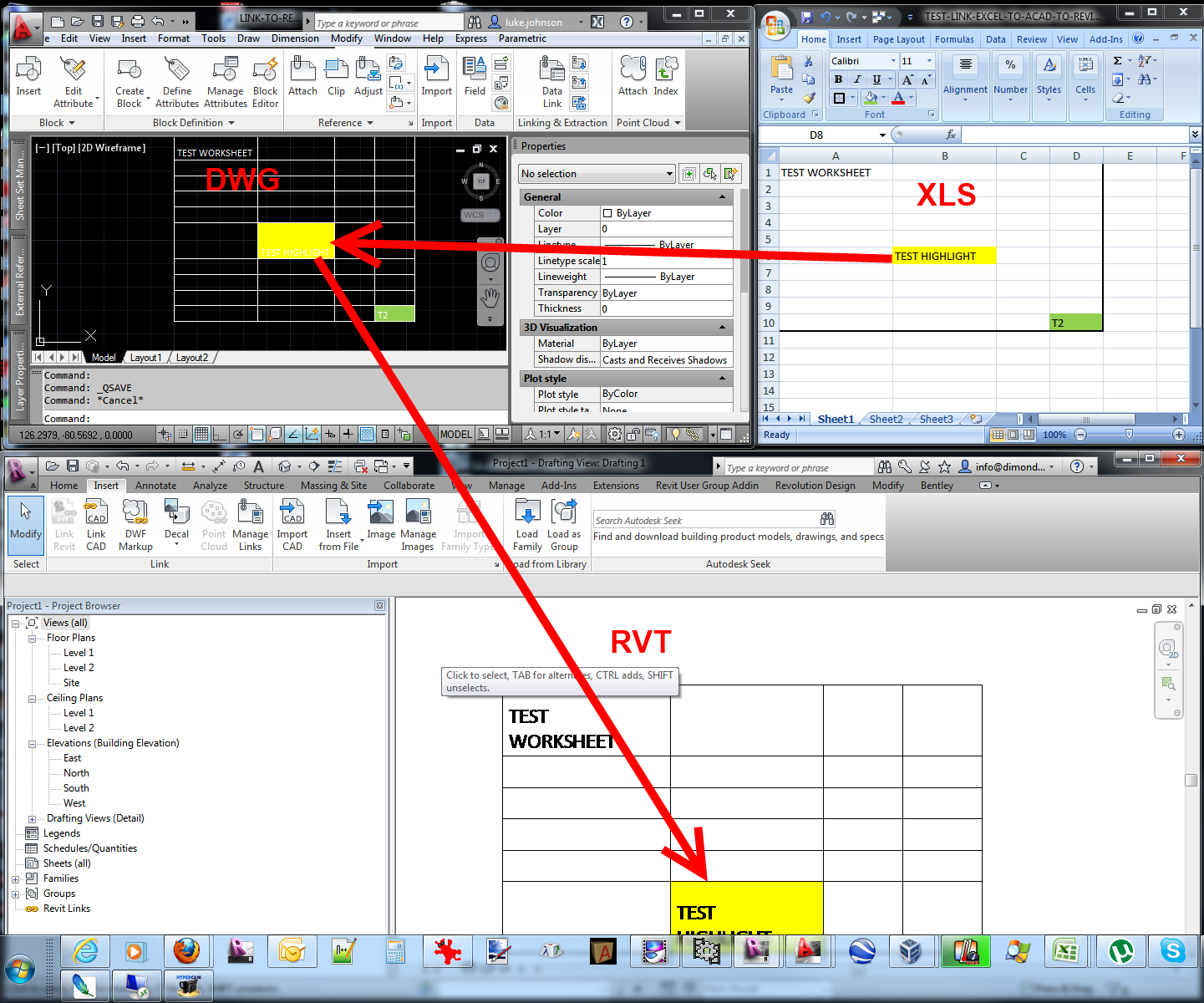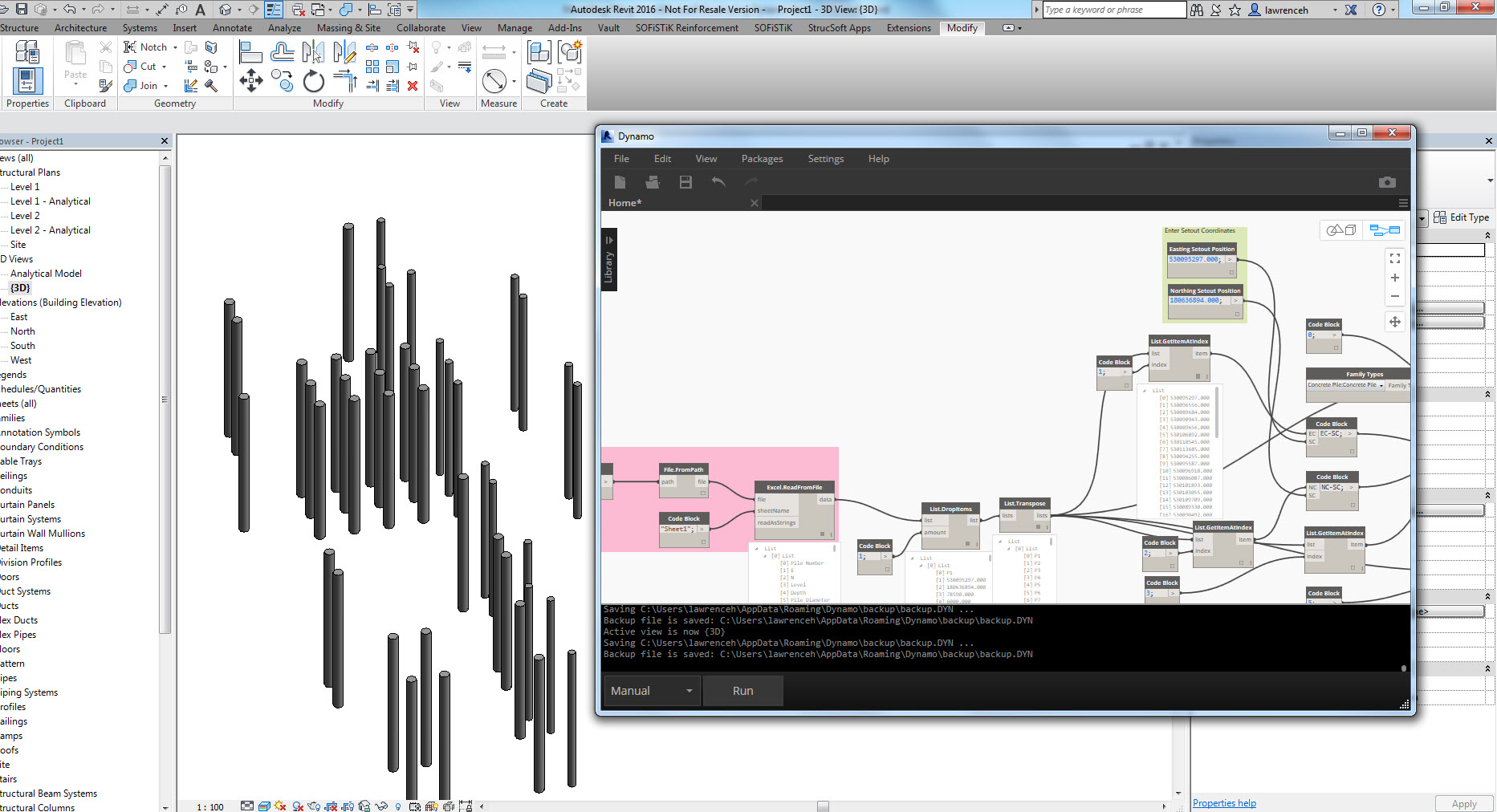Boost Your Revit Experience with Crucial Revit Tools and Add Ins
Wiki Article
Understanding the Art of Data Combination: Just How to Seamlessly Import Excel Files Into Revit
In this post, we will certainly guide you through the process of grasping the art of data combination. Obtain prepared to prepare your Excel information easily and follow our step-by-step guide to import data into Revit. With our finest methods, you'll attain information integration success in no time.Understanding the Importance of Data Integration in Revit
Understanding the importance of information assimilation in Revit is crucial for seamless importing of Excel documents. When you incorporate information from Excel right into Revit, it enables you to effectively manage and upgrade details throughout the entire project. This combination guarantees that your design and building and construction procedure is up-to-date and exact.By incorporating data, you can easily import and upgrade specifications, schedules, and also geometry in Revit. This gets rid of the requirement for manual information entry, conserving you time and minimizing the danger of errors. With Revit's information combination capabilities, you can keep consistency and precision in your job, while also boosting collaboration amongst team members.

Discovering the Excel Documents Style for Revit Combination

In order to successfully incorporate Excel data into Revit, it is crucial to ensure that the information is formatted properly. This includes properly identifying rows and columns, as well as structuring the data in a manner that works with Revit's data schema. Revit utilizes certain criteria and categories to organize data, so it is necessary to line up the Excel information with these criteria to ensure a seamless combination.
Furthermore, it is essential to keep in mind that Revit only sustains specific information types when importing from Excel. These consist of message, numbers, and dates. Any type of various other information kinds, such as formulas or conditional formatting, will certainly not be identified by Revit and might cause concerns during the integration procedure.
Preparing Your Excel Data for Seamless Import Into Revit
To make certain a smooth combination process, you'll require to appropriately format and label the columns and rows in your Excel information before importing it into Revit. Since it permits Revit to properly interpret and organize your information, this action is essential. Begin by analyzing your Excel information and identifying which columns and rows consist of pertinent information for your Revit project. Then, ensure to classify each column with revit plugins a descriptive and clear header. This will certainly aid you and others easily understand the function of each column and prevent complication throughout the import procedure.Next, guarantee that the data in each column is properly formatted. For instance, if you have a column for dimensions, ensure that all measurements are continually formatted in the very same devices of dimension. Revit counts on constant formatting to accurately interpret and import information.
In addition, it is essential to look for any type of empty cells or inconsistencies in your information. Revit might not be able to read or import data from cells that are vacant or consist of errors. It is advised to examine your Excel data and cleanse up any type of disparities prior to importing it right into Revit.
Step-By-Step Guide to Importing Excel Record Into Revit
Once you have actually properly formatted and classified your Excel data, you can quickly import it into Revit by following this step-by-step overview. To begin, open Revit and browse to the "Insert" tab. revit add ins.Following, a dialog box will certainly appear, permitting you to customize the import setups. Below, you can choose the worksheet you intend to import, specify the series of cells to import, and pick the suitable devices for your data. When you have actually made your selections, click "OK" to proceed.
Revit will certainly now show a sneak peek of your Excel data. Take a moment to examine the sneak peek and ensure that whatever looks correct. If needed, you can make changes to the import setups by clicking on the "Setups" switch.
Finest Practices for Information Assimilation Success in Revit
See to it you comply with these best techniques to make certain effective combination of data in Revit. Primarily, it is crucial to arrange your information in Excel before importing it into Revit. This indicates making sure consistent calling conventions, correct formatting, and exact data representation. Next off, use Revit's integrated devices for data mapping. This will enable you to match the columns in your Excel documents with the equivalent criteria in Revit. Bear in mind the units and data types when mapping the data, as any type of disparities can cause mistakes in the assimilation procedure.One more essential technique is to consistently verify and upgrade your data. Additionally, make usage of data validation devices within Revit to determine any kind of errors or inconsistencies in the incorporated information.
Finally, it is advised to establish a clear operations for data combination. This includes defining duties and obligations, establishing a communication channel in between employee, and developing a regular tempo for information updates and reviews. By complying with these best methods, you can make certain a effective and seamless combination of information in Revit, inevitably improving the effectiveness and precision of your project.
Final Thought
To conclude, mastering the art of data combination is crucial for seamless import of Excel submits right into Revit. Recognizing the importance of data combination in Revit is the initial step towards successful assimilation. Discovering the Excel file format for Revit combination assists in comprehending the needs and constraints. Preparing the Excel information appropriately and adhering to a detailed overview is essential for a smooth import process. By following finest methods, you can make sure information assimilation success in Revit and make one of the most out of your task.When importing information from Excel right into Revit, it is vital to recognize the documents style and exactly how it can affect the integration process (revit tools). Revit utilizes particular parameters and classifications to organize information, so it is vital to straighten the Excel data with these parameters to ensure a smooth combination
Be mindful of the units and information types when mapping the data, as any kind of disparities can lead to errors in the integration procedure.
Furthermore, make use of information validation tools within Revit to recognize any type of errors or inconsistencies in the incorporated data.

Report this wiki page